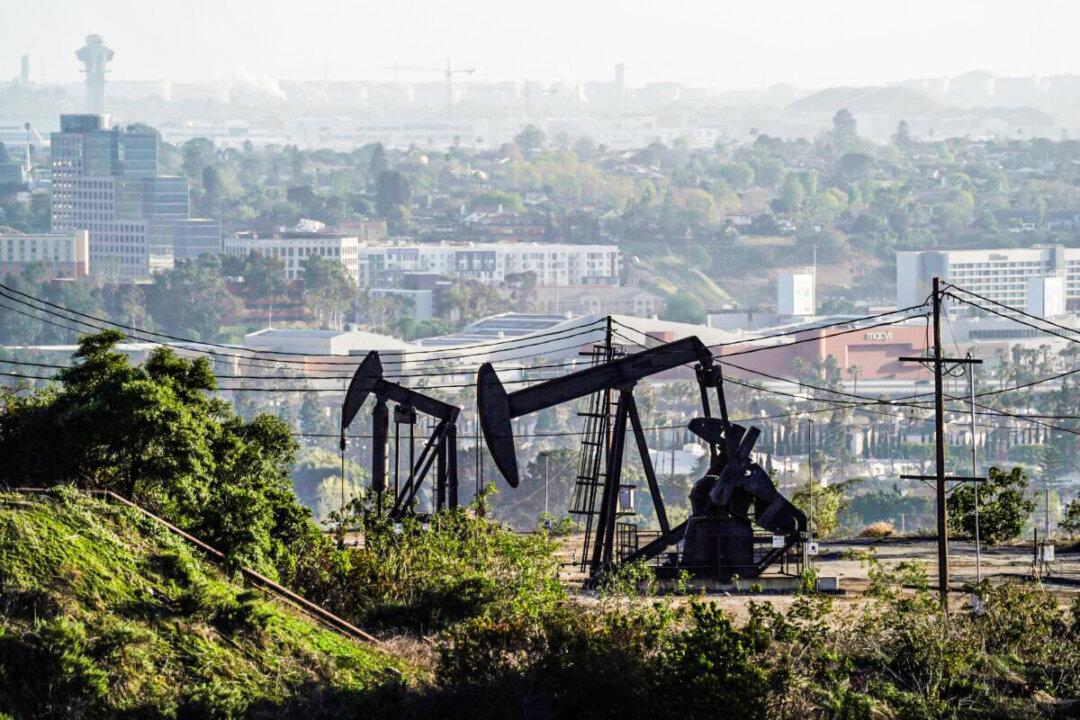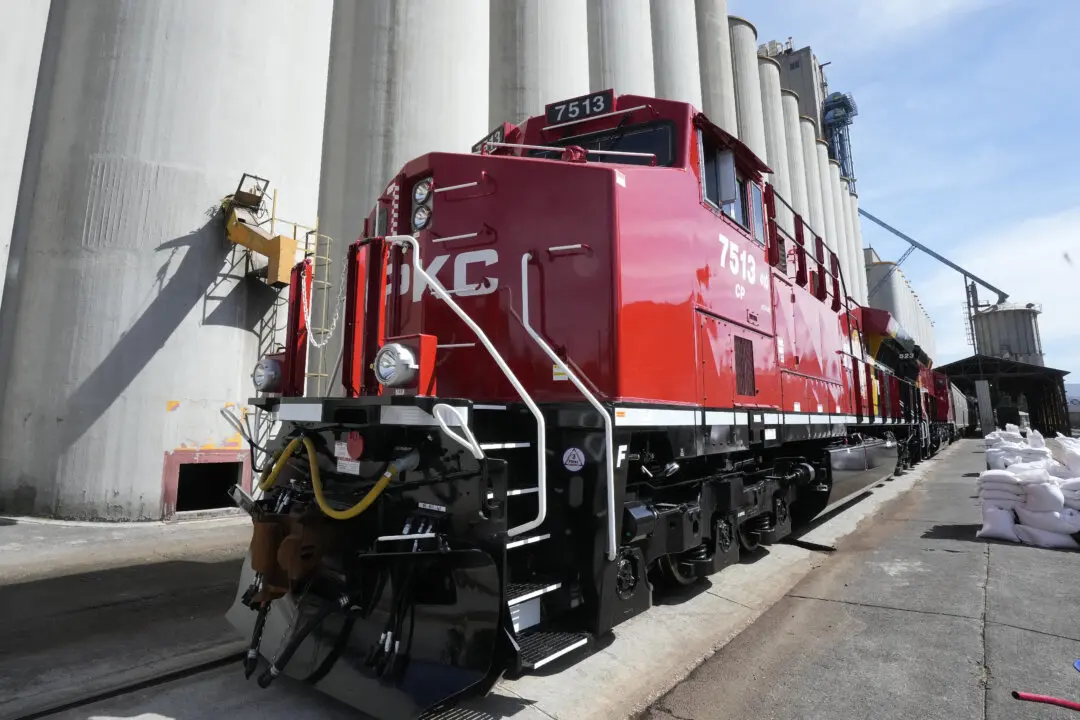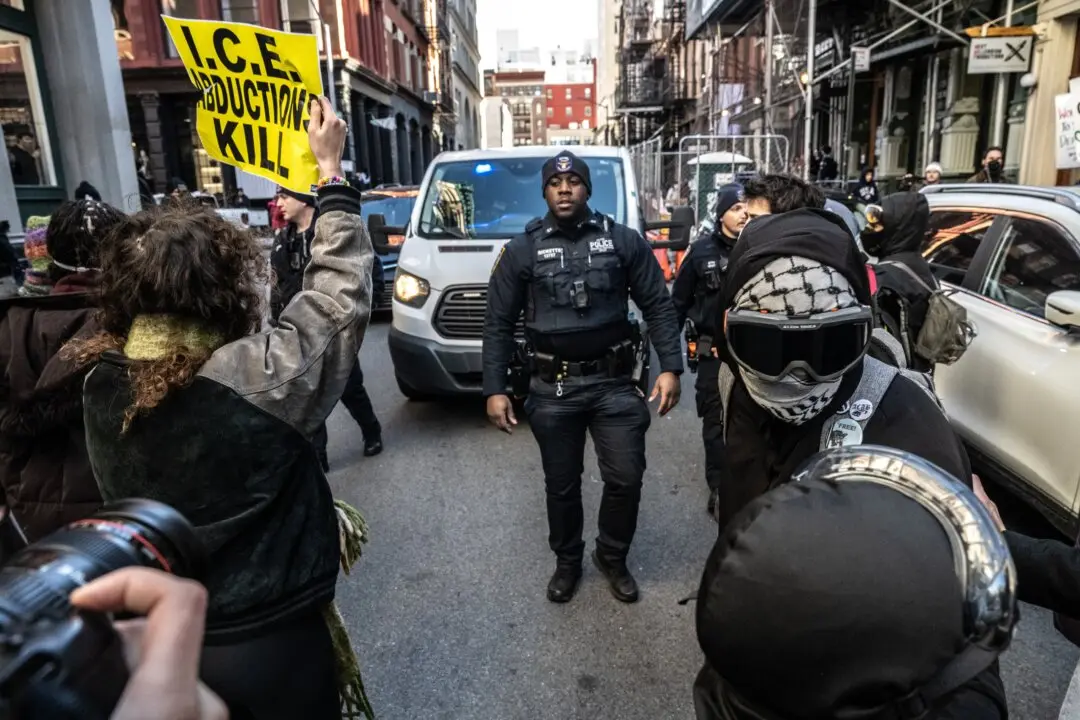Oil and gas firms want the Biden administration to make small wells exempt from rules aimed at controlling methane emissions, arguing that such measures are unnecessary for the segment.
Last year, the Environmental Protection Agency (EPA) proposed measures according to which oil and gas companies will have to monitor their biggest wells every three months as well as find and fix any methane leaks. In addition, the proposal would require equipment like pneumatic pumps, storage tanks, and compressors to be upgraded. The plan also seeks to ban the venting of methane—generated as a byproduct of crude oil—into the atmosphere.





